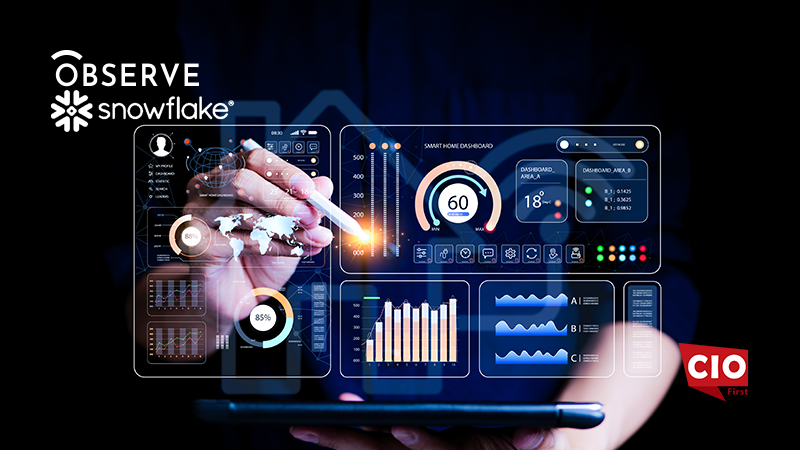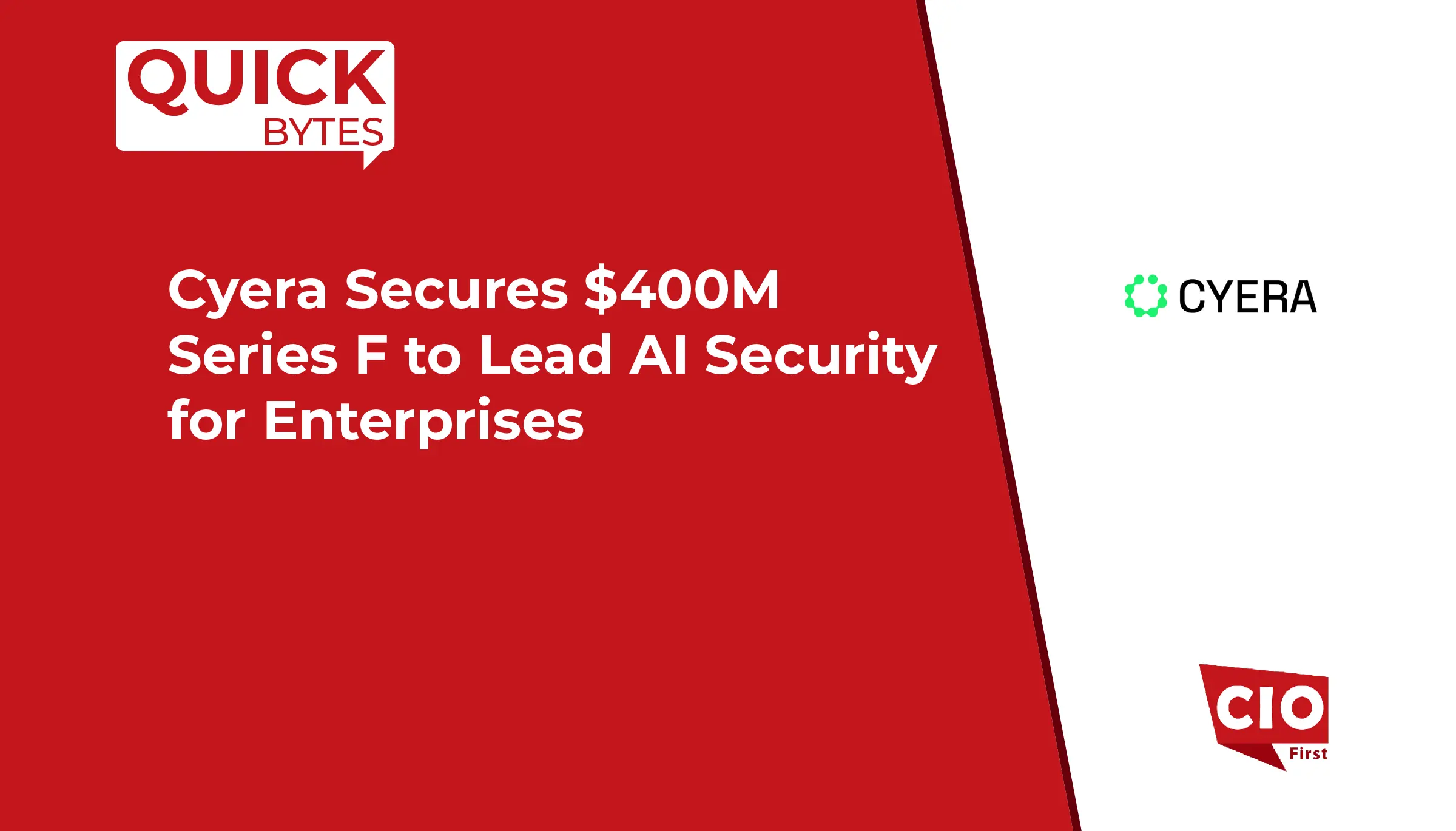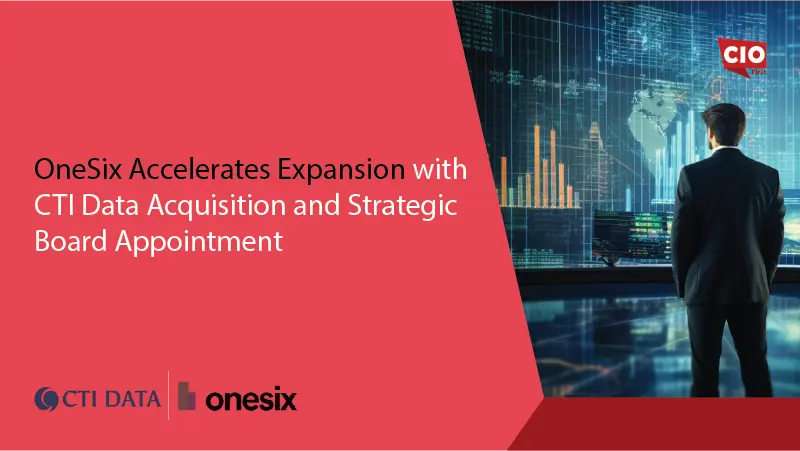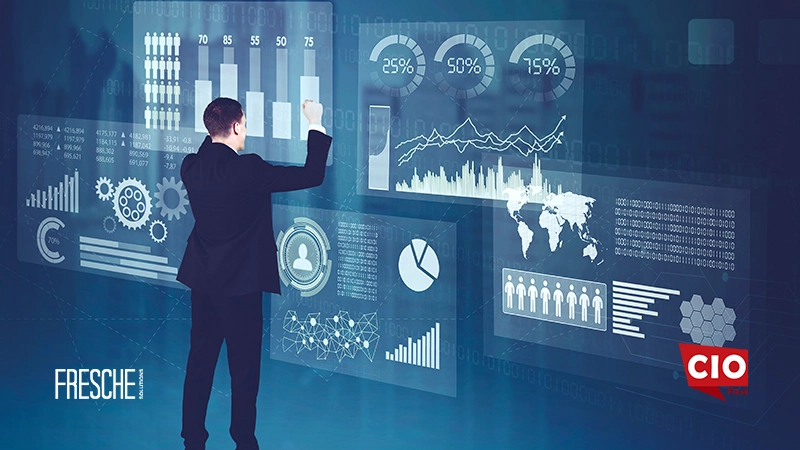As businesses adopt Artificial Intelligence in recruiting at an increasing rate, it’s critical that they know how to leverage the technology to mitigate bias rather than worsen it.
Despite signs of a recession, hiring is a key concern and a challenge for many industries, including hospitality, healthcare, transportation, and manufacturing. According to the US Bureau of Labor Statistics report, there are currently 10.7 million vacant jobs in the US. Talent teams must find ways to be more successful and efficient in the current environment.
Using Artificial Intelligence can help make the hiring process swift and efficient. Additionally,
AI can be an effective tool for exposing hidden hiring biases and igniting change, forcing companies to review their historical hiring data and improve their recruitment strategies.
Biased Hiring Trends
Because bias is the process of identifying patterns in data, data scientists will claim that all data is biased. Some bias is needed, such as the bias used to recommend job roles to individuals based on their desired location, interests, skills, and job title. When building algorithmic models, it is helpful to encourage biases that fulfill these preferences to match candidates with positions they are interested in and recruiters with the best candidates to fill open positions. Bias is advantageous here for both employers and job applicants.
Also Read: Challenges of Everything as a Service (XaaS) Landscape
However, social bias worries regulatory organizations and hiring teams. On the basis of age, gender, or other demographic characteristics, this bias rejects job candidates. Another example of social bias is a discriminating preference for individuals who attended particular institutions or listed certain former companies on their resumes.
Artificial Intelligence bases its predictions depending on the data it gets. Contrary to what might seem to be the case, bias is not produced by AI. AI merely amplifies the bias that is already inherent in a company’s historical data. This amplification of the pre-existing bias, if left unchecked, can limit diversity by favoring applicants with backgrounds similar to those of recent employees and excluding those who don’t fulfill those criteria.
While acknowledging that integrating AI doesn’t immediately address diversity or inclusion challenges, companies that are successful with it employ this technology to shed light on biased recruiting trends. Instead, it gives organizations insight into diversity gaps so they can take action to close them.
The Human Factor
The best strategy to deal with bias is to identify it before training the models. Before the hiring data is included in training sets or put into production, early exploratory data analysis aids in identifying and eliminating social bias.
Once a company begins utilizing Artificial Intelligence, it is crucial to track the progress of the technology by having a human in the loop—a team responsible for evaluating the AI’s output. Technical expertise is not required for this position. Any team member who is passionate about promoting diversity can learn how to look for biases.
Also Read: Cloud Cost Optimization Challenges
The process can be as easy as scanning the company’s AI dashboard. Teams should assess the hiring suggestions made by the system against organizational standards. It’s a crucial step in ensuring that no demographic group is overrepresented or underrepresented. Engineering teams can modify models to achieve their objectives with the help of ‘human in the loop.’
The end users of a company also help to improve algorithmic models. A product manager should be consulted when recruiters discover signs of bias in the candidate suggestions they receive. A data scientist can then conduct additional research to determine what occurred and offer suggestions for how to prevent it from happening again.
Better Models through Continuous Improvement
Some businesses view Artificial Intelligence as an autonomous algorithm that they can set and forget. But AI constantly learns from the data, so it never stands still. Companies must approach AI as a continuous process. AI predictions generated by better-trained algorithmic models align with hiring objectives.
Organizations will be better prepared to benefit from AI in hiring processes if they have a thorough grasp of the connection between bias and data and a dedicated, diversity-minded team member. The time recruiters will have to devote to the high-level, human aspects of HR that no machine can replace will increase thanks to Artificial Intelligence.
























